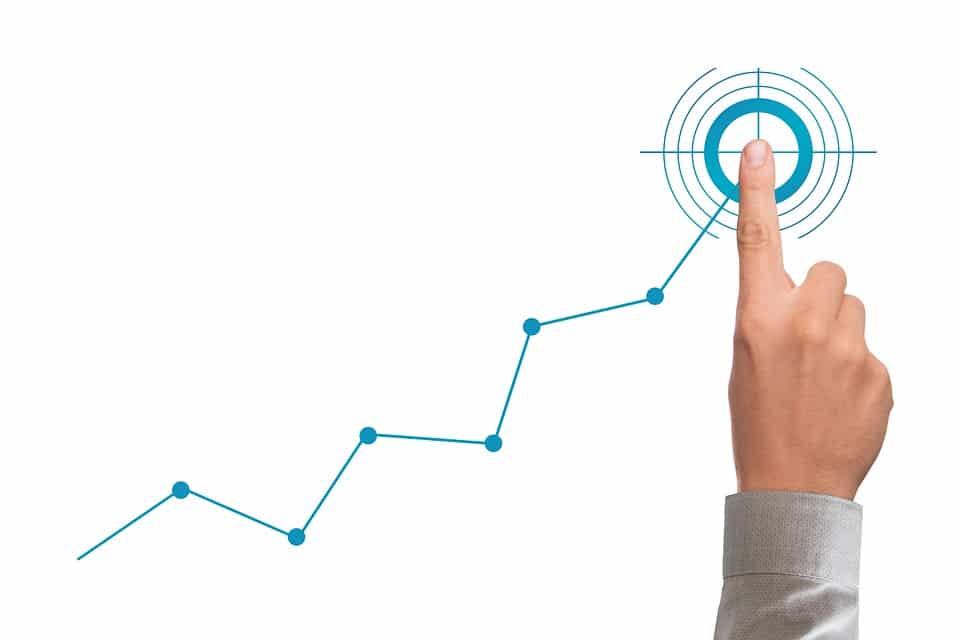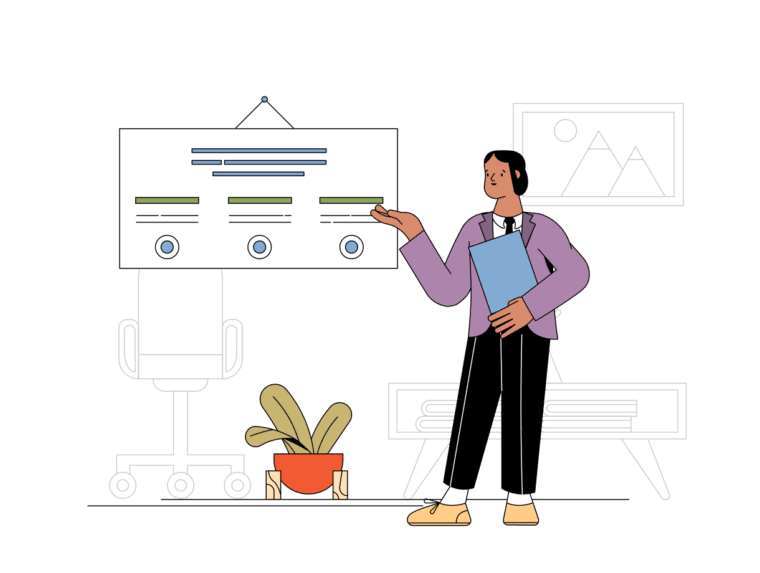What is Adverse Impact? It’s the discriminatory and negative effect on a minority group that can occur in the recruitment process although it may appear to be unbiased. Adverse impact can lead to fewer hires of people belonging to the minority group. Let’s discuss what it is and ways to avoid it in the hiring process.
Adverse Impact in Hiring and Selection
Adverse impact is like unconscious bias and it can lead to a fewer number of people in the minority group or protected class from being given a job opportunity, being promoted, or being considered to take on better employment opportunities because of discriminating reasons.
[Who are the protected classes? In the United States, they include age, race, sex, veteran status, disability status, and religion.]
However, the difference is adverse impact is a US’ legal requirement for all employers with at least 15 employees (or 20 for age discrimination cases) so that their recruitment practice and process remains compliant with the laws.
Unfortunately, the rate in which this discriminatory recruitment and hiring practice exist might be increasing if most managers aren’t putting careful thought into adverse impact discrimination concept, if it occurs in their organization.
For example, the manager might think that any of the job’s specific requirements is legal except when it’s discriminatory based on the protected class of the EEO.

Unfortunately, the discrimination can occur in employment processes even if the manager doesn’t have any intention to discriminate anyone or is thinking about improving diversity into their team.
The recruiting and hiring team plays a huge role when it come to adverse impact discrimination and should ensure that the team’s process and steps, such as screening, fitness tests, educational requirements, and other factors do not discriminate and avoid disparate treatment or intentional discrimination and disparate impact or unintentional discrimination.
They should ensure that the employment practice complies with equal employment opportunity, which must continue after hiring and until through the new hire and employer relationship.
Human resource professionals should be alert and aware of any issues, which can be missed by hiring and employment managers in any policy change. This may have an impact that will create an illegal disparate impact on a group. They should be aware of such issues that others might not see.
HR professionals should also be able to communicate to the hiring managers that there may be a current practice or policy that may put the organization into trouble with the law. They should also be able to communicate the legitimacy of the implemented policies to their staff or employees who may be seeing discrimination even if there is none.

Why should you minimize adverse impact?
You should avoid adverse impact in the recruiting and hiring practice for certain reasons. For one, it will help you welcome diversity and inclusivity in your workforce.
Diversity makes companies more competitive and based on studies may be able to achieve better financial returns. It can also drive innovation. In fact, a Harvard Business Review article reveals that companies with 19 percent or higher in diversity had more innovation revenues.
Keeping your workforce diverse can help your organization succeed and stay on top of its game. If your company will have a diverse staff, it will be in a better position to meet the needs of different customer groups.
And if you don’t know yet, companies with a diverse workforce are 70% more likely to attract more customers and new markets vs. organizations that rarely or don’t support under-presented group talents. Diversity-friendly and supportive companies also have 2.3 times higher cash flows vs. monolithic staffed ones.
Giving support to employees from all groups, regardless of their sex, race, and age, can ensure your company’s higher productivity, while also demonstrating talent trust. It will also help in driving business growth, reduce employee turnover, and increase productivity.
Based on a Deloitte study, companies with inclusive cultures are 6 times likelier to succeed in terms of agility and innovation because those that value and foster inclusivity can have a wider perspective on potential issues and think of smarter solutions. They may also be able to detect any biases in the policies they’re creating.
Fair hiring practices to avoid discrimination are another reason to minimize adverse impact and welcome diversity in your workforce. It should be a rule in your organization to ensure that everyone despite their backgrounds must be given equal employment opportunities. Otherwise, you might not be able to create and establish a diverse and inclusive workforce attracting more candidates.
It is time that you look into your recruitment and selection process to determine the presence of and reduce adverse impact. Doing so, you can make a more diverse workforce, a type that gives everyone a fair chance in employment no matter their gender, religion, sexual orientation, and more.
What Is Adverse Impact and How to Avoid It?
It results from employment practices that may appear to be neutral and welcoming for all groups; however, they are discriminating against certain protected groups, such as minority groups, women, and older population.
Without hiring managers noticing this, adverse impact may be occurring in their recruitment and hiring process, such as performance reviews, job descriptions, and training, and across any stage of the employment practices being implemented by the organization.
One of the simplest ways of measuring adverse impact in your organization is to look into and investigate whether the selection rate on a particular group is 80% below of the group that garners the highest rate in selection.
Did you give a pre-assessment exam to the job applicants? Is the passing rate of a protected class is 80% of the passing rate of the highest selection rate group, then such screening tests may have an adverse impact on that minority group.
In the following, we’ll talk about ways to ensure that your hiring and selection practices avoid adverse impact.
Avoiding adverse impact in layoffs
Adverse impact does not only occur in the initial employee life cycle but also to the end. In the case of laying off people, ensure that no one in the protected people group is impacted disproportionately. What is your layoff and termination process? Review it.
To help you with it, you must use the four-fifths rule so that you can determine whether or not an adverse impact exists in any of the processes. Are you laying off more people in the older aged group than from those in the younger group? If you do, you must look into changing the process to reduce the adverse impact of the HR practice.
Job analysis
Before advertising a job vacancy, you should perform a job analysis. You can avoid adverse impact, check that the selection criteria have to do with the job and not discriminating any applicant because of their age, ethnicity, gender, religion, and sexual orientation. The data for analysis to check include work context, worker attributes, and work activities.
A few goals of this analysis can include job description input that specifies all the requirements for the position, such as roles, personality, capabilities, and required skills.
It also includes performance appraisal, and this means the analysis should provide performance appraisal input of the person who performs the job.
The analysis should also include worker mobility, which can help in identifying the abilities, skills, and knowledge of the candidate. It will also check on other characteristics needed for the role that can be matched with an internal hire.

Interview Guide
As the name suggests, it’s a list or a guide of the high level topics that an interviewer wants to cover in the entire interview. Using an interview guide, you will have an interview structure on how you should conduct candidate interviews.
This document will help you learn what to ask during the interview and in what order. This will ensure a smooth candidate experience for all the applicants. But then, this guide is not just for structuring interviews but also offers plenty of benefits.
It can offer an equal employment assessment because the same questions are asked and the same method is used. In this case, there will be the same way to rate or score the candidates. This will eventually reduce any bias in the process, avoiding adverse impact.
It encourages a better candidate experience because it is uniform and uses the same format. Thus, it can ensure that every applicant will receive the same prescreening or recruiting experience. Even if no two interviewers are the same, the questions will be the same for all applicants, regardless of their age, gender, religion, and so on.
It also provides a structured process in the hiring practice of interviewing. Your team will follow similar steps and in the same order, creating a structure and reducing the chances that they forget any of the questions in the guide.
Job descriptions
When writing job descriptions, know and understand that the language and wording you include in it can attract or not attract people. That is why you need to optimize your job posting together with all the communication documents in your organization.
For example, it should contain language that can appeal to candidates who belong to the protected class or those who value diversity and inclusion. In this way, you can see to it that your advertisements can attract candidates from all walks of life. At the end of the day, understand that your word choice has an effect on the people that apply.
Fair assessments
Avoid recruitment bias and adverse impact using fair assessments. But then, there are certain things to watch out for.
For example, an assessment may have in itself a certain bias, like men scoring higher than women in areas like numerical reasoning. On the other hand, women can score higher in verbal reasoning exams.
To prevent this problem, you should use a scientifically validated exam because not all pre screening exams are validated. You can get help from HR technology vendors about their solutions and how they are validated to ensure that it can reduce adverse impact.
Once your assessment is chosen, you might want to analyze it regularly to detect any adverse impact so that you can address it if it occurs. You can also try combining different assessment types, including general mental ability tests along with a personality test and a work sample test. You can also find different assessment tools combining the different elements from these tests in one single test.
Best Recruiting and Hiring Practices
To reduce adverse impact in recruitment, check that everyone in the talent acquisition team is on the same page and on board. These include the hiring managers, leadership, and recruitment team, among others involved in the hiring process. Regularly hold meetings to discuss and share the best hiring practices, which can minimize adverse impact.
How? Talk about interview bias and ways that it can be avoided. Discuss about the right practices to make a hiring decision based on data, for instance, instead of relying on gut feeling or bias towards a specific group.
You must also talk to your team about the latest local laws and how to avoid trouble with these laws. And if you’ve detected any adverse impact in the recruiting and hiring practices in your organization, share such information with your team.
Interviews
In the interviews, use structured ones to avoid adverse impact. In this interview, the assessment uses a standard question set, providing your hiring team with a specific approach to gather and record applicant information.
It will also prevent bias as well as offer fair ratings to all the applicants. HR professionals will rate the candidates based on their qualifications. This will minimize adverse impact risk.
Based on scientific literature, this type of interview is 2X as reliable and effective as unstructured ones because it allows the interviewer to compare all the job candidates fairly because they make decisions based on data (Schmidt & Hunter 1998).
Apart from having standardized questions, the STAR Method (Situation, Task, Action, Result) can be used in interviews to offer a structured way of collecting candidate information.
Promotion policy
Consider creating a uniform promotion policy. Like in hiring decisions, the decisions surrounding promotions in employment are covered by non-discrimination and employment laws. Thus, the promotion practice in your organization should follow the specific guidelines based on specific laws.
To avoid adverse impact in the promotion policies and decisions in your organization, you should create and have a solid promotion policy. This must include promotion procedures, interview, and neutral selection criteria, to name some.
You must also evaluate if your promotion policy includes a well-created performance appraisal process. This will not only help you but also your employees. With a performance appraisal procedure and process, your employees will know where they are when it comes to promotion.
For example, they will know if they are qualified for promotion or not without them guessing. They will also understand that fair promotion is being implemented in your organization; thus, they will know the reasons some of their co-workers were given a promotion. And finally, they’ll know what to do if they want to be a candidate for promotion in the future.
Communicate about your promotion policy to your employees. Make sure that they understand the promotion policy in place and they are familiar with it. Ensure that every position has been communicated internally before you create a post of it externally.
Use HireNest to minimize adverse impact in your organization
Our entire suite of HR Technology solutions can help address any issues related to the recruiting and hiring process. We’re here to be your allies in creating a more diverse workforce and improving your bottom line through effective and reliable hiring processes with the use of robust and validated HR tools. Are you reading? Book a consultation today!
Now you know the answer to the question, “What is the adverse impact?” And as you do, you can start looking into your HR practices and processes to detect any adverse impact and make the necessary adjustments that will minimize it.
FAQs
What is meant by adverse impact?
This occurs when a practice or decision has a negative effect on a specific class or group even unintentional.
What is an example of adverse impact?
An example is background checks performed on certain candidate groups but not in others.
What is an adverse impact and how can it be proven?
It is an employment practice that seems neutral but actually discriminatory on a protected class. It can be proven by evaluating one’s current practices and policies.
Why structured interview is recommended?
It is a recommended interview method because it helps determine the competencies of a candidate and allows interviewers to compare candidate experience and knowledge by asking applicants the same question.
Why minimize adverse impact?
Reducing adverse impact in your organization also ensures compliance with EEO laws in your country. It prevents any costly lawsuits that can hinder your growth and cause financial damage to it.
Got more questions about adverse impact? Tell us in the comments.
